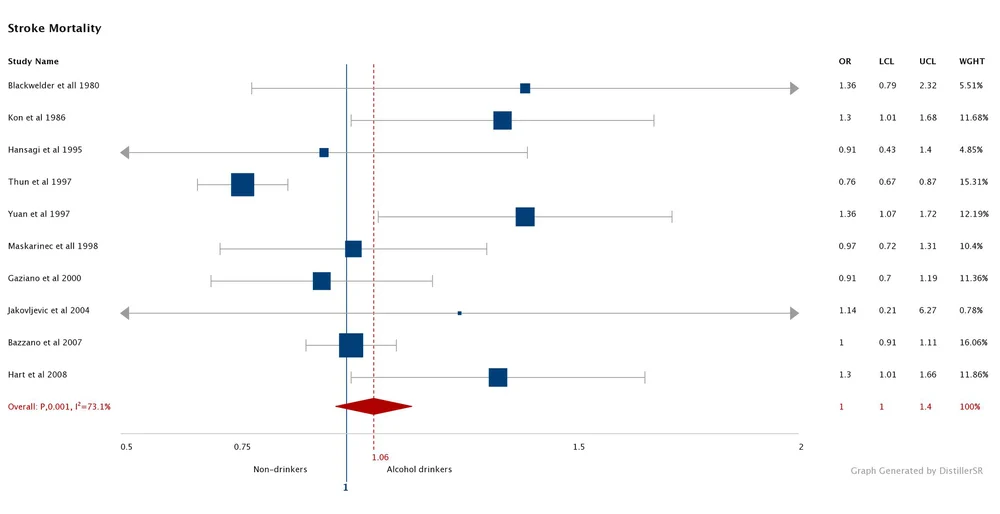Whether you’re new to systematic reviews or a long-time expert, there are a few key terms that every researcher needs to know. To start, let’s get back to the basics.
What is a Systematic Review?
A systematic review is a type of research project in which researchers (you guessed it…) systematically and rigorously review all relevant literature that has been published on a specific topic. This thorough review of existing knowledge is conducted to answer a well-defined question or set of questions.
Powerful statistical analysis can be done as part of the systematic review process, making it more effective than statistical analysis conducted within a single primary study.
Systematic reviews are frequently used in developing medical practice guidelines and informing policy decisions, and can also be useful for identifying gaps in knowledge.
Systematic reviews can be time-consuming and complex, but if you have a solid understanding of these five key terms, you’re off to a good start.
1. Inclusion Criteria
When conducting a systematic review, you have to decide which studies to include. Your literature search will typically return many references that may or may not address your specific research question. To narrow down the results, each reference is evaluated against a predefined set of Inclusion Criteria to determine whether it should be included in your review.
If you’re using systematic review software such as DistillerSR, you can configure screening forms to automatically include or exclude a study based on the reviewer’s responses.
2. Data Extraction
After deciding which studies to include in their review, researchers pull relevant information from these studies. This information, or data, is used to conduct their analysis. This can include the results of the study, when it was researched, and even what type of study it was.
Data Extraction (also known as abstraction) can be a complex process and may involve qualitative data, quantitative data, or both. Some of the data needed to conduct the analysis only occurs once in the paper, like the study type, while data may be repeated, such as multiple outcomes, arms, and timepoints in the study.
DistillerSR’s Hierarchical Data Extraction functionality provides one option for managing the capture and reporting of recurring, related data sets.
3. Bias
Bias is when the results of a study are impacted by the way in which the study was structured or conducted. Thus, the data may be less trustworthy and less likely to be an accurate representation of reality. Bias can occur through design flaws or through human fault.
There are many different types of bias that can affect the results of a study. Below are only a few:
- Channeling Bias
- Conflict of Interest
- Data Completeness Bias
- Detection Bias
- Differential Verification Bias
- Expectation Bias
- Incorporation Bias
- Interview Bias
- Lead Team Bias
- Length Time Bias
- Observer Bias
- Partial Verification Bias
- Publication Bias
- Recall Bias
- Referral Bias
- Reporting Bias
- Social Desirability Bias
- Spectrum Bias
- Surveillance Bias
- Verification Bias
You can read full descriptions of all of these biases in our glossary.
4. Meta-Analysis
Remember that statistical component we were talking about earlier? That’s the Meta-Analysis.
An optional component of systematic reviews, a meta-analysis looks at the results of multiple studies and statistically compiles the information, revealing the overall effect size and direction. In order to work, meta-analyses can only be conducted when combining studies that are measuring the exact same outcome. The results of the meta-analysis can make the results of the systematic review even stronger as they have a statistical basis.
To help represent the results of a meta-analysis, researchers use a visual tool known as a Forest Plot.
5. Forest Plot
A Forest Plot is a visual representation of the data produced through meta-analysis. Each line of the forest plot is associated with a study that the review was looking at, revealing the effect size, and confidence intervals. It also reveals the overall effect size, and other important statistical information found in each study, and overall. Check out this great resource from The Cochrane Collaboration on how to read a Forest Plot for more information.









